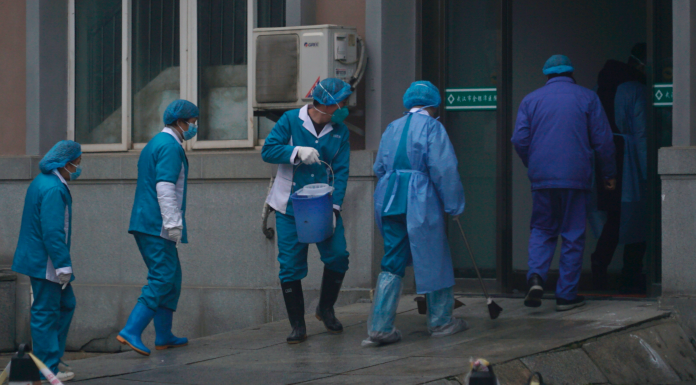
“This virus won’t begin to disappear until a far higher percentage of the population – at least 60 percent – develops immunity …”
OPINION |
April 11, 2020 |
The Boston Globe – Last week Governor Charlie Baker released projections of how many Massachusetts residents were likely to contract the coronavirus.
By this reckoning, Baker said, the state would experience “somewhere between 47,000 and 172,000 cases during the course of the pandemic.”
This represents between 0.7 and 2.5 percent of the state’s population.
These are daunting numbers. Unfortunately, they are not nearly daunting enough.
Because while there is still a lot we don’t know about COVID-19, including exactly how many people are or have been infected, epidemiologists believe that this virus won’t begin to disappear until a far higher percentage of the population — at least 60 percent — develops immunity.
If that doesn’t happen with a vaccine, it has to happen through exposure.
For weeks, the most pressing policy challenge has been relieving the life-and-death pressure on our hospitals.
But all that justifiable emphasis on flattening the curve may have created a dangerous illusion that we can get away with relatively small infection rates.
It’s easy to forget that if a disease can’t be contained — and it’s too late for that in the COVID-19 pandemic — then there’s only one possible ending to the story:
We must collectively develop immunity to the disease. In lieu of a vaccine, that means most of us will need to be exposed to the virus, and some unknowably large number of us will die in the process.
This is the simple, scary math that Harvard epidemiologists Marc Lipsitch and his colleague Yonatan Grad have tried to convey in a series of recently published papers:
If each person infected with COVID-19 disease in turn infects three more, as we now think, then in order to bring the disease to heel, Grad says, two of those people must already be immune.
“If one person can only spread the disease to one other person, the virus is no longer an epidemic,” he says. Two-thirds of the population of Massachusetts, by the way, is 4.5 million people.
When asked why state officials would suggest that the outbreak might infect far fewer people in Massachusetts, Lipsitch said: “It doesn’t make any sense to me to project that.”
Herd immunity got a bad rap last month, when Boris Johnson’s government floated the strategy of allowing COVID-19 to rip through the British population … Read more.



